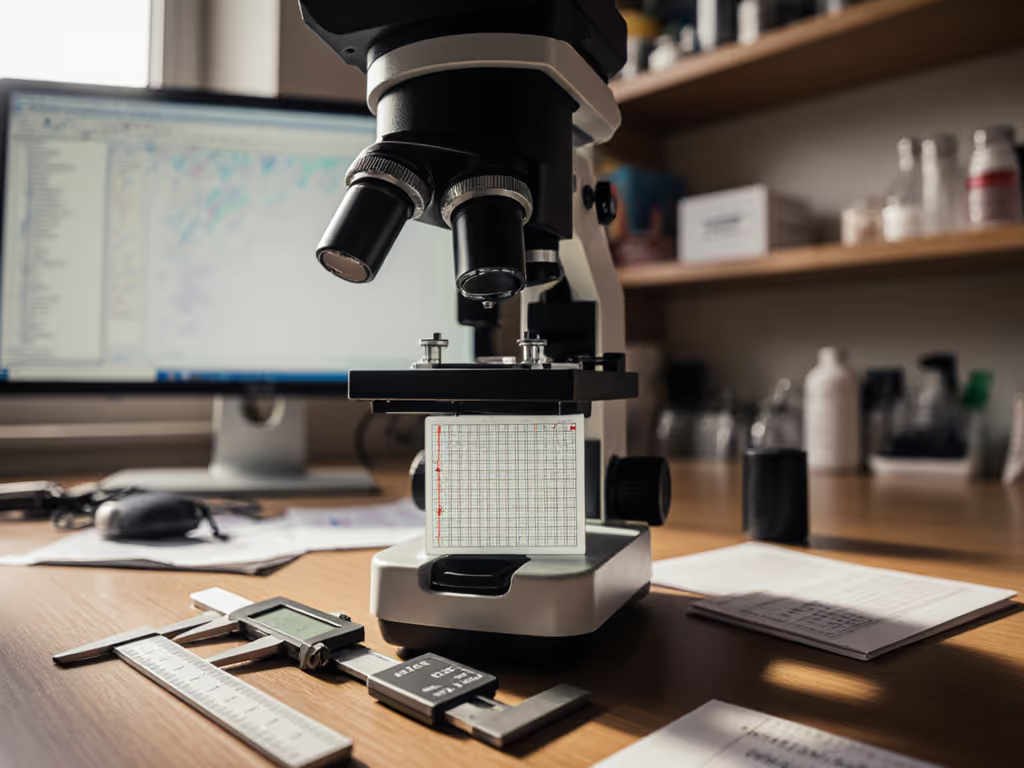
Leica vs Zeiss Microscope Accessories: Smart Compatibility Guide
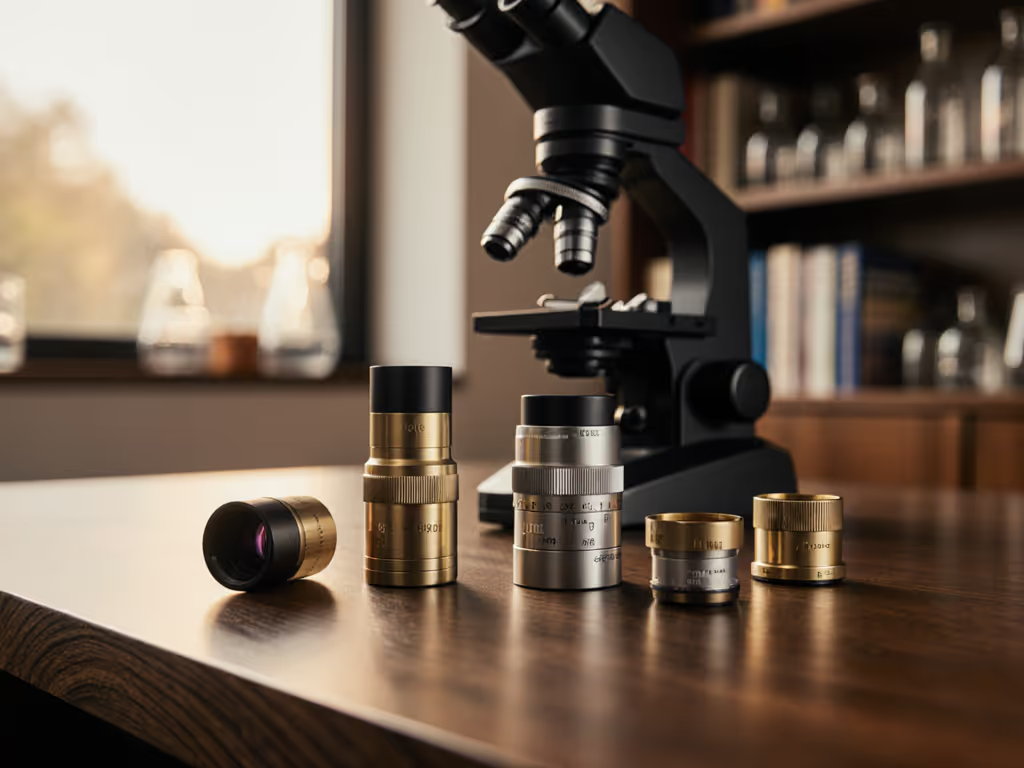
When you're hunched over a Leica microscope or adjusting a Zeiss eyepiece, the last thing you want is frustration from incompatible parts. As someone who's spent years optimizing microscope setups for comfortable, extended observation, I've seen how Leica microscope accessories and Zeiss microscope compatibility challenges can derail curiosity. That pond algae session I timed (where two hours felt like twenty minutes after simple ergonomic tweaks)? It taught me that harmonizing your equipment isn't just convenient; it's foundational to sustained exploration. Let's cut through the confusion about mixing brands, so you can spend less time troubleshooting and more time discovering. For a step-by-step walkthrough of cross-brand setups, see our microscope accessory compatibility guide.
Why Compatibility Matters More Than You Think
Microscopy isn't just about magnification, it's about sustained focus. When your setup fights your posture or forces you to squint, curiosity fades fast. That's why understanding brand-specific ecosystems is crucial for hobbyists who value both affordability and performance. Here's what keeps you stuck:
Your comfort is a performance spec. When adapters or accessories demand constant adjustment, you're not just uncomfortable, you're sacrificing image quality and session length.
🤔 FAQ: Leica vs Zeiss Compatibility Deep Dive
Q: Can I use Leica objectives on a Zeiss microscope (or vice versa) without quality loss?
A: Proceed with caution, but not for the reason you'd expect. The bigger issue isn't threading (RMS vs M25), but optical design. As noted in microscopy forums, Zeiss uses a 164.5 mm tube lens while Leica uses 200 mm. This creates a ~17% magnification shift when swapping objectives. More critically, Leica and Zeiss objectives rely on their own tube lenses for lateral chromatic correction. Swap them, and you'll likely see color fringing at the edges of your view. Nikon/Olympus objectives are generally more flexible due to fully corrected optics, but Leica/Zeiss thrive within their ecosystems.
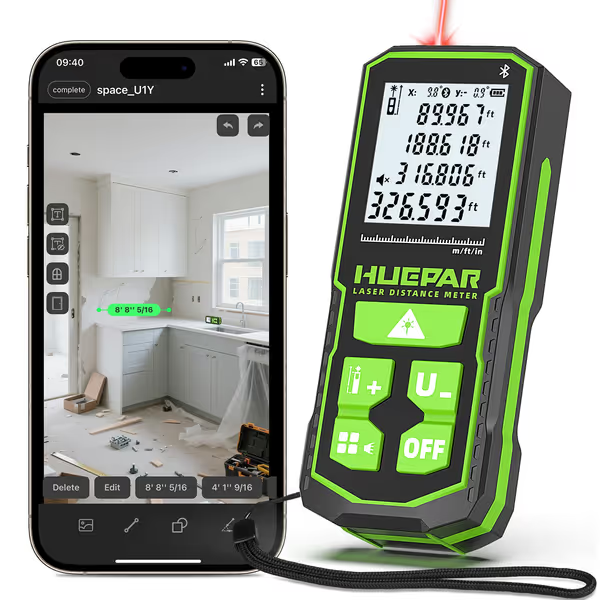
Huepar Laser Distance Measure 330Ft
Q: "I found a cheap generic adapter online. Will it work?"
A: Likely not for precision work. Generic adapters often skip critical tolerances. For example:
- Misaligned optics cause vignetting (darkened image corners)
- Loose threads create wobble during focusing
- Incorrect flange distance prevents parfocality (requiring constant refocusing)
A fact confirmed by DEC Medical's 30+ years of lab support: poorly machined adapters are the #1 cause of "mystery blurriness" hobbyists report. Invest in precision-ground parts if you document specimens.
Q: Do ergonomic accessories (like tube extenders) work across brands?
A: Often, but measure first. Brands use different tube diameters:
| Brand | Standard Tube Diameter | Common Ergonomic Fix |
|---|---|---|
| Leica | 30mm | 30° angled tubes (Global series) |
| Zeiss | 35mm | VarioFocus objective lenses |
CJ Optik's VarioFocus lenses (compatible with both brands) offer a clever workaround: they replace the objective lens itself, extending working distance to 200-470 mm. This lets you sit upright without straining your neck, which aligns perfectly with my core belief: comfort isn't indulgence, it's throughput. Over 70% of professionals suffer musculoskeletal issues from poor posture, adapters that fix this pay for themselves in joy alone.
Q: How do I choose a camera adapter without wasting money?
A: Match your goal, not just the port. As search results confirm, C-mount adapters require precise magnification reducers:
- For 1:1 sensor coverage: Use 0.35X-0.55X reducers (e.g., Boli Optics' Leica-compatible 0.55X)
- For video documentation: 0.7X reducers balance field of view and resolution
- Avoid 1X adapters unless your sensor matches eyepiece specs (rare for hobbyist cameras)
Pro tip: Test adapters with your phone first using a budget eyepiece holder. If the image circles match, it'll likely work with a dedicated camera port. For vetted options, compare our best phone microscope adapters.
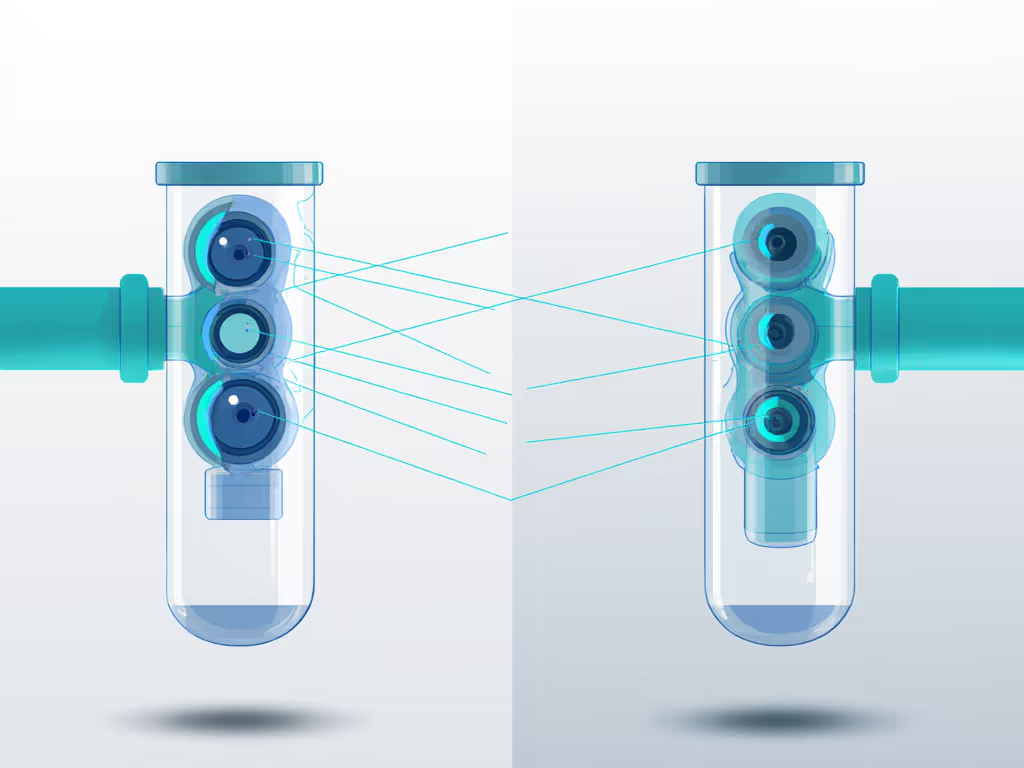
The Smart Hobbyist's Compatibility Checklist
Avoid hours of frustration with this gentle-paced workflow. Before buying any accessory:
- Identify your microscope's generation (e.g., Zeiss Axio vs older Standard; Leica DMi8 vs M-series)
- Measure key port dimensions:
- Eyepiece tube diameter (use a digital caliper)
- Trinocular port threading (RMS = 0.796"-36, M25 = 25 mm-0.75)
- Back focal distance (critical for camera adapters)
- Define your primary goal:
- 🪞 Ergonomics? → Prioritize tube extenders/VarioFocus lenses
- 📸 Imaging? → Match magnification reducers to your camera sensor
- 🔌 Mixing heads? → Verify beam splitter compatibility (e.g., Zeiss 50:50 vs Leica 70:30)
- Verify optical path integrity: Ask sellers: "Is this adapter parfocal with standard eyepieces?"
A user on Microforum shared this win: After swapping his Olympus 60x TIRF lens onto a Leica DMi8 with a de-magnifier (not direct adapter), his dSTORM imaging improved because the optical path stayed correct. Small adjustments yield big results.
Navigating Brand Ecosystems: Pricing vs Longevity
Let's address the elephant in the lab: accessory pricing feels steep. But consider this:
- Zeiss adapters often cost 20-30% more than Leica's, but their precision threading reduces alignment issues long-term
- Third-party brands (like Boli Optics) offer 40-60% savings on C-mount adapters, but verify parfocal testing in reviews
- VarioFocus lenses ($200-400) seem pricey until you tally chiropractic bills from hunching over a scope
In my experience, manufacturer support makes the difference. DEC Medical's custom adapters come with optical calibration reports, rare among generic sellers. If you're documenting specimens for community sharing (a key hobbyist outcome!), that precision matters.
Gentle Warning: Where Hobbyists Get Stuck
I've seen so many frustrated posts about "why my Zeiss-compatible adapter isn't working", usually because:
- They assumed "compatible" meant optically identical (it rarely is)
- Skipped measuring their specific port dimensions (Axio vs OPMI differ!)
- Used a 1X camera adapter with a cropped-sensor DSLR (causing severe vignetting)
Remember: Compatibility isn't binary. It's about degree of function. For casual viewing, generic may suffice. For publication-quality imaging? Stick to precision adapters. To avoid false economies, see why budget microscope cameras disappoint image quality.
Actionable Next Steps: Build Your Stress-Free Setup
Your next move depends on your biggest pain point today:
-
If you're straining your neck: Measure your current eyepiece height from desk surface. If it's below 15 inches (38cm), get a tube extender. The Huepar laser measure (under $60) makes this effortless, and ensures your adapter lifts the eyepieces to your natural line of sight. Calibrating this once pays off in years of comfortable sessions.
-
If images are blurry/vignetted: Test with a single eyepiece first. If clarity improves, your adapter's optical path is misaligned. Also confirm cleaning and storage basics with our microscope maintenance guide. Prioritize adapters with listed parfocal distance (e.g., 160mm for Zeiss).
That algae session taught me how ergonomic harmony transforms frustration into flow. When your Leica microscope accessories or Zeiss microscope compatibility solutions align with your body's needs, curiosity isn't just possible, it's sustainable. Two hours really can feel like twenty minutes. Your comfort is a performance spec; treat it like one.
Ready to optimize? Grab a notepad and:
- Note your microscope's model number (check base plate)
- Measure your eyepiece height with current setup
- Pick one pain point to solve this week (posture, imaging, or compatibility)
You'll never regret investing in seamless exploration.
Related Articles


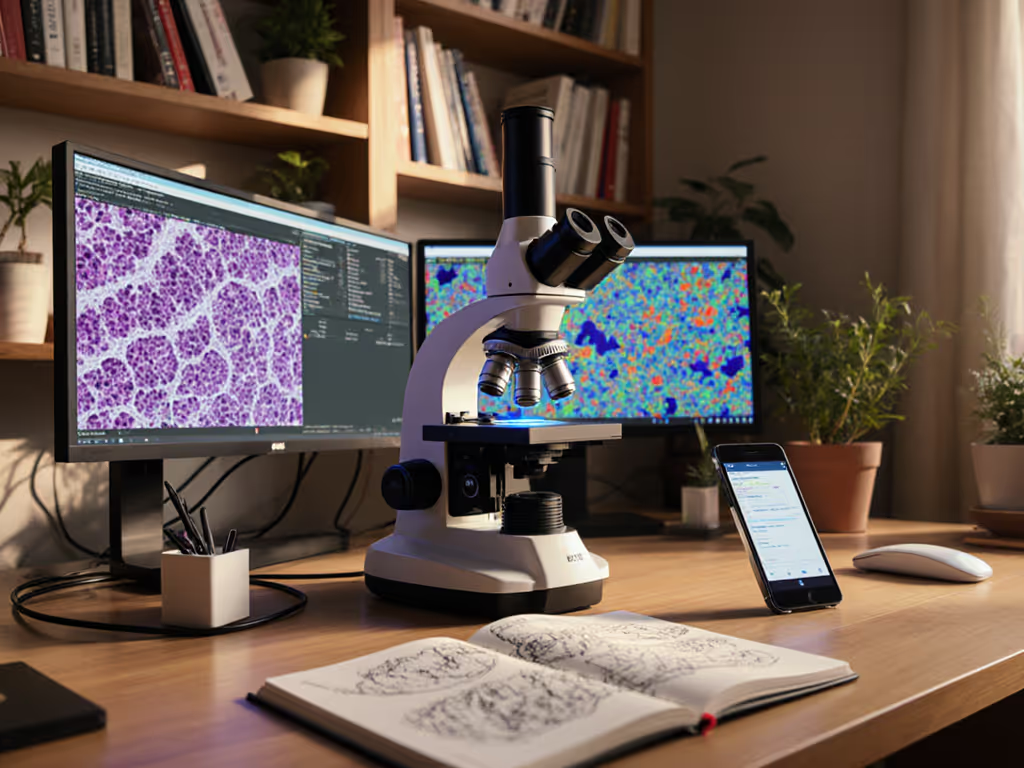
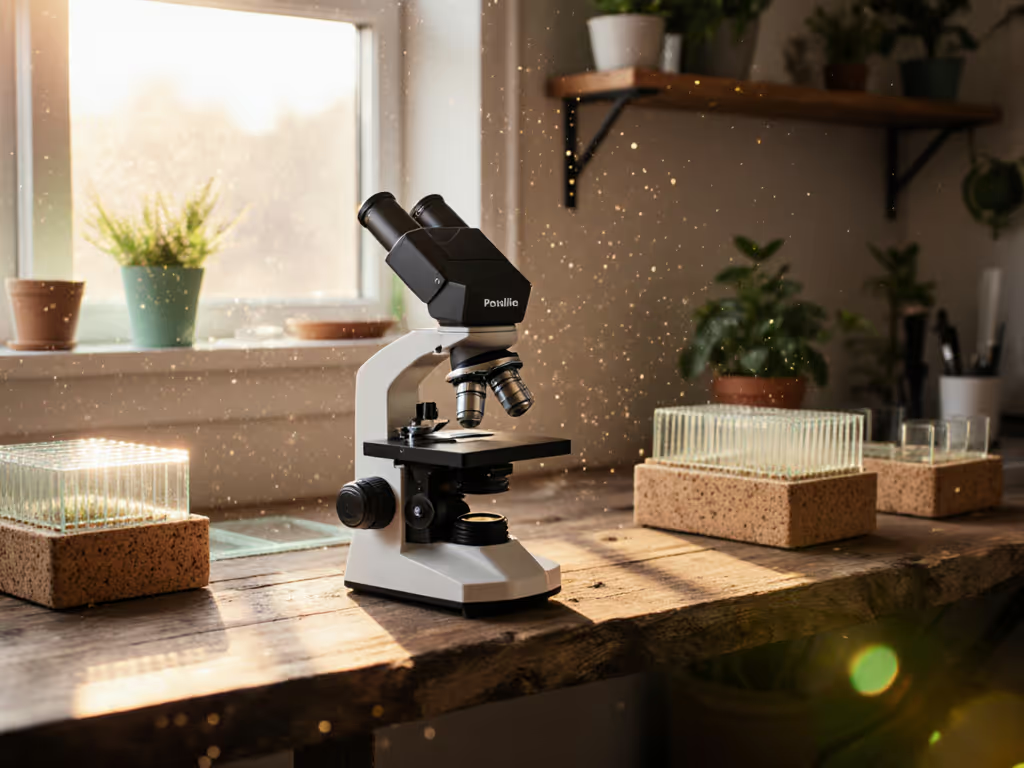
Eco Microscope Accessories: Sustainable Labs Without Sacrifice
Choose eco-friendly microscope upgrades - LED illumination, recycled glass slides, and long‑life glass filters - that improve image quality and workflow while reducing waste, and follow a simple test plan to verify the gains.

Essential Microscope Tools: Beginner's Guide
Learn the key microscope parts and an ergonomic setup that reduces eye strain, extends sessions, and sharpens results. Get practical guidance on lighting, workspace organization, priority accessories, and comfortable documentation.
